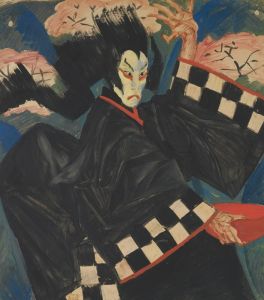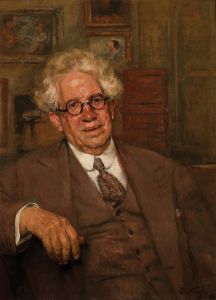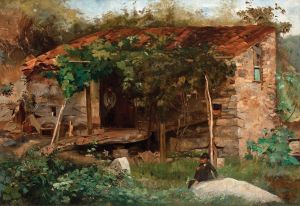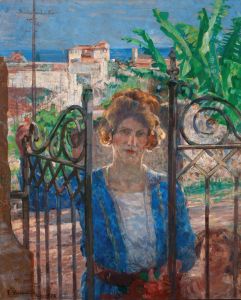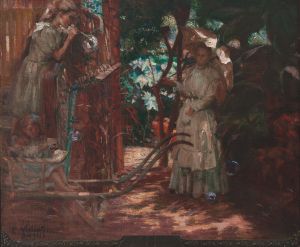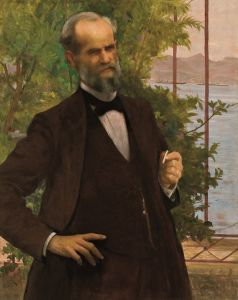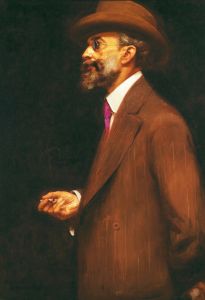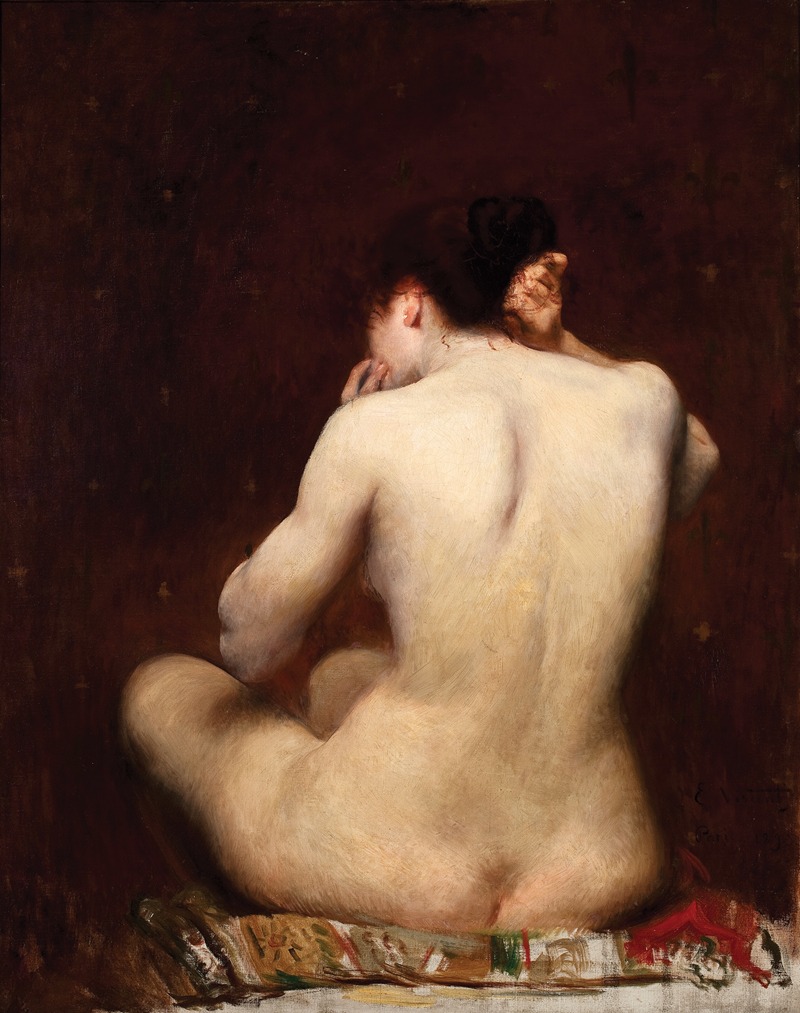
Dorso de mulher
A hand-painted replica of Eliseu Visconti’s masterpiece Dorso de mulher, meticulously crafted by professional artists to capture the true essence of the original. Each piece is created with museum-quality canvas and rare mineral pigments, carefully painted by experienced artists with delicate brushstrokes and rich, layered colors to perfectly recreate the texture of the original artwork. Unlike machine-printed reproductions, this hand-painted version brings the painting to life, infused with the artist’s emotions and skill in every stroke. Whether for personal collection or home decoration, it instantly elevates the artistic atmosphere of any space.
"Dorso de Mulher" (Back of a Woman) is a painting by the Brazilian artist Eliseu Visconti, a prominent figure in the development of modern art in Brazil. Visconti, born in 1866 in Salerno, Italy, and later naturalized as a Brazilian citizen, is widely recognized for his contributions to Impressionism and Symbolism in Brazilian art. His works often reflect a blend of European artistic influences and Brazilian cultural elements.
The painting "Dorso de Mulher" is an oil-on-canvas work that depicts the back of a nude woman. The composition focuses on the human form, showcasing Visconti's skill in rendering anatomy and light. The subject is portrayed with a sense of intimacy and subtlety, emphasizing the natural curves and textures of the body. The use of soft, diffused lighting and delicate brushstrokes creates a harmonious and serene atmosphere, characteristic of Visconti's style.
While specific details about the creation date and context of "Dorso de Mulher" are not widely documented, it is consistent with Visconti's broader body of work, which often explored themes of beauty, nature, and the human figure. His training at the Imperial Academy of Fine Arts in Rio de Janeiro and later studies in Europe, particularly in Paris, influenced his artistic approach, blending classical techniques with modernist tendencies.
Eliseu Visconti is also known for his contributions to decorative arts and design, including his work on the interior decoration of the Municipal Theatre of Rio de Janeiro. His versatility as an artist extended to various mediums, but his paintings, such as "Dorso de Mulher," remain significant for their technical mastery and aesthetic appeal.
Today, Visconti's works are celebrated as part of Brazil's cultural heritage, and his paintings are housed in various museums and private collections. "Dorso de Mulher" exemplifies his ability to capture the elegance and simplicity of the human form, making it a notable piece within his oeuvre.







